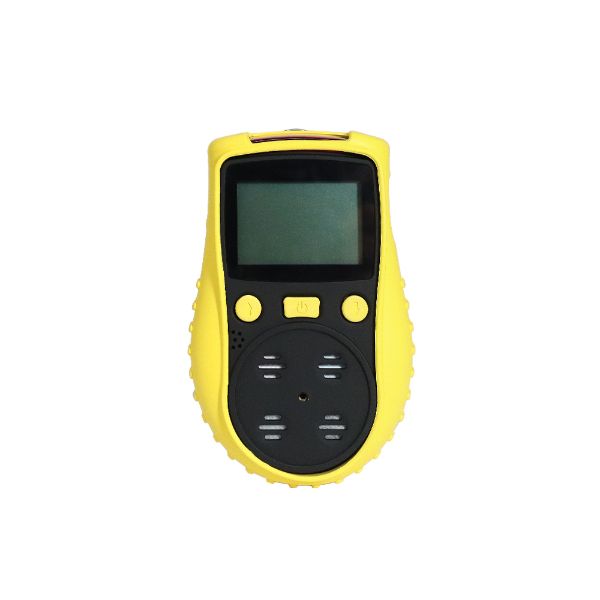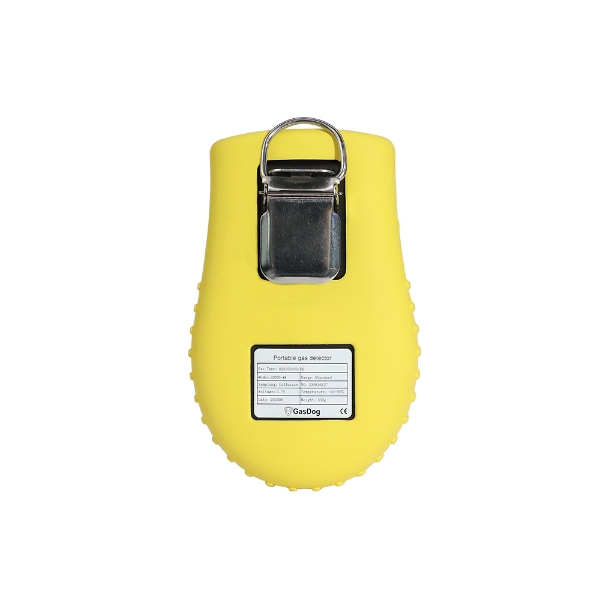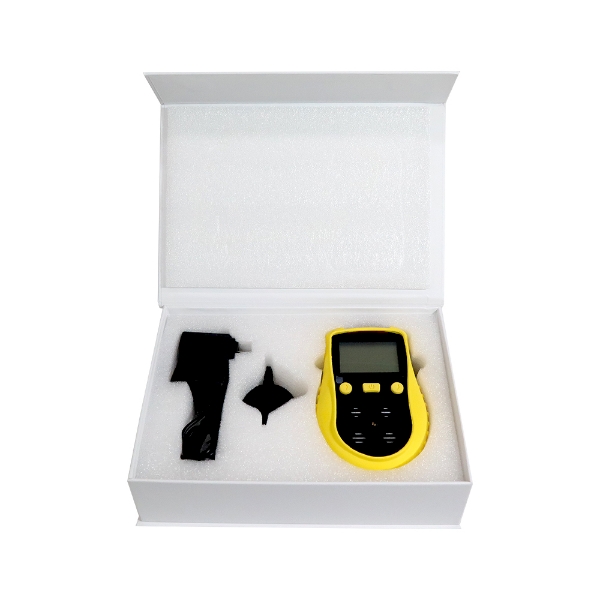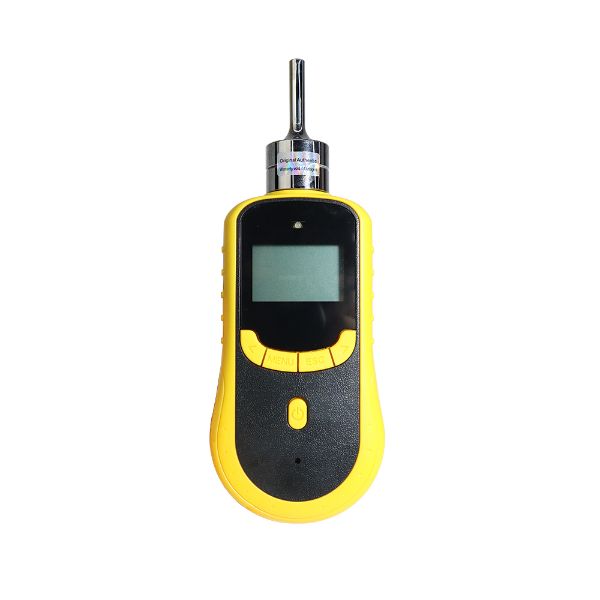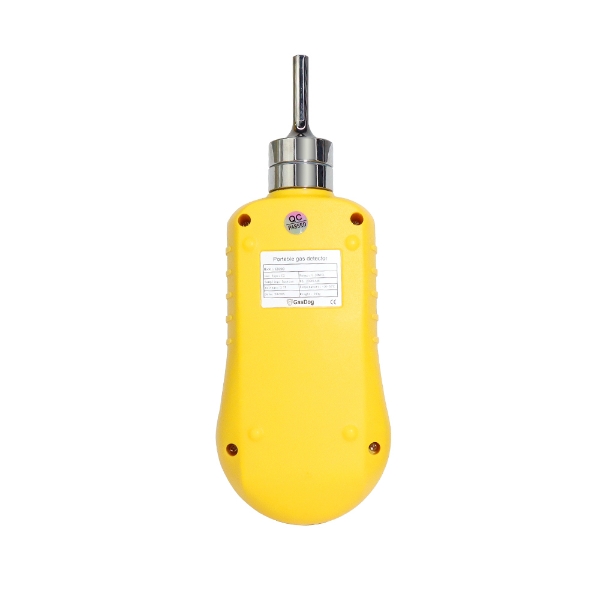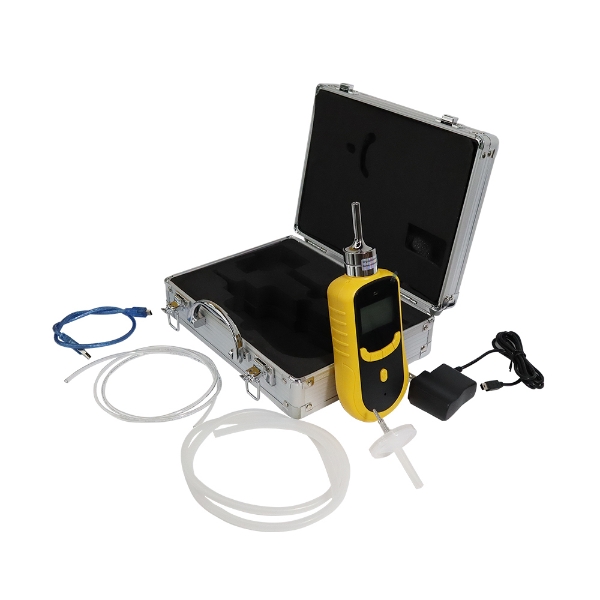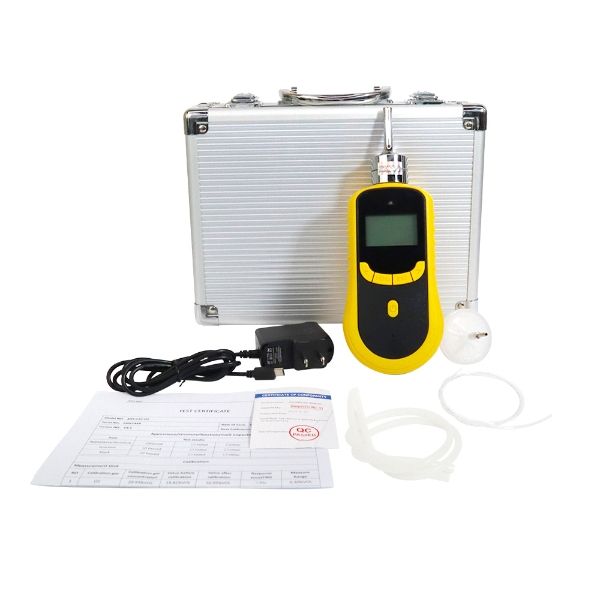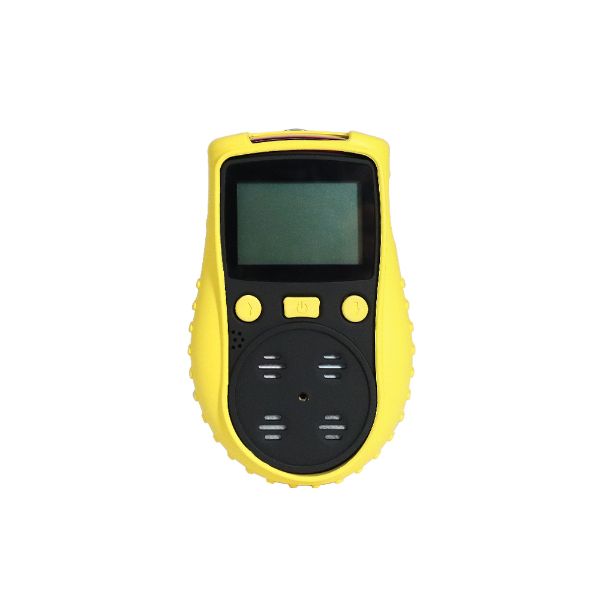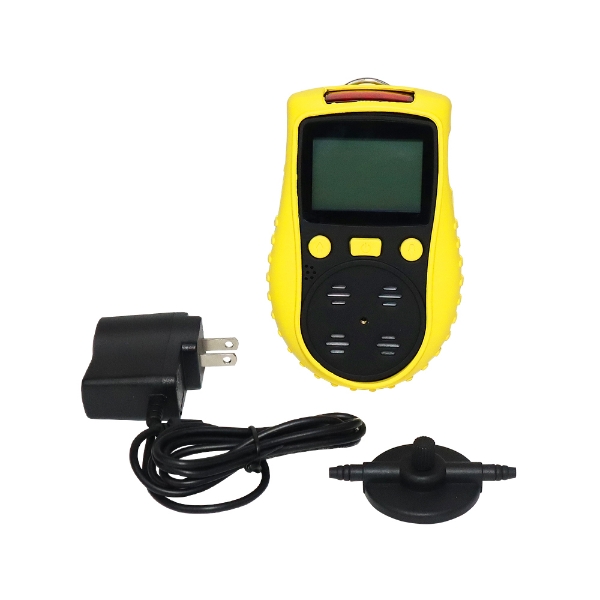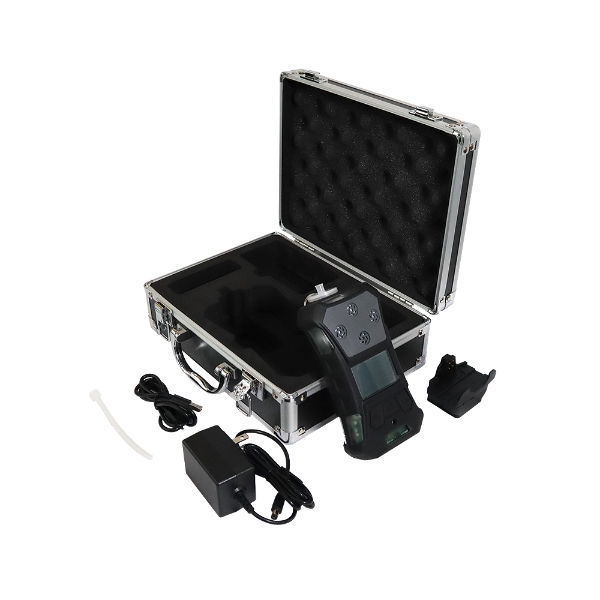-
You have no items in your shopping cart.
- Register
- Log in
- Wishlist
- Shopping cart
WRITE YOUR OWN REVIEW
EXISTING REVIEWS
Outstanding performance
The handheld Hydrogen gas detector is excellent! It is compact and portable, easy to operate, and offers high sensitivity and accuracy. It quickly detects H2 concentrations in the environment, providing timely alerts and protection. This device is suitable for a variety of scenarios such as industrial, laboratory and home use. It is a reliable tool to ensure safety and protection against potential hazards.
Grace
|
9/27/2023 7:08 AM
Was this review helpful?
(0/0)

